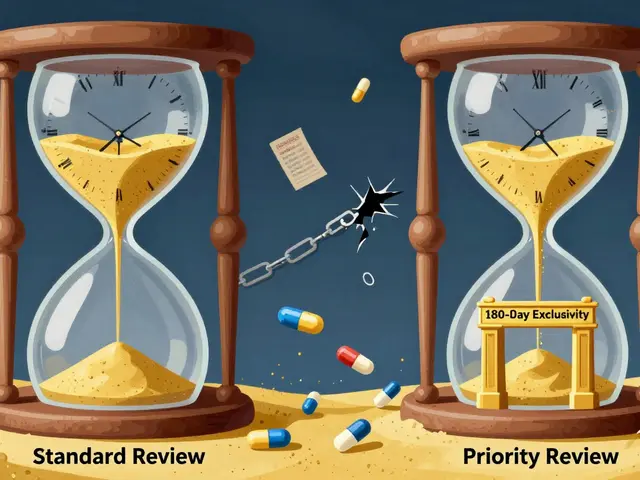Clindamycin: What It Treats and How to Use It Safely
Clindamycin is a prescription antibiotic used for certain bacterial infections. You’ll find it as oral capsules, liquid, and topical gels or creams. Doctors choose clindamycin for skin infections, some dental infections, and serious infections when other antibiotics aren’t suitable. It’s useful but not a one-size-fits-all drug — matching the right antibiotic to the right bug matters.
How clindamycin is commonly used
Oral clindamycin treats things like infected wounds, bone infections, and some lung or abdominal infections when the bacteria are sensitive. Topical clindamycin is often used for acne to reduce bacteria on the skin. Dosing depends on the infection: adults commonly take 150–450 mg every 6–8 hours for oral forms, but your doctor will pick the exact dose and length. Don’t stop early — finishing the full course lowers the chance the bacteria become resistant.
For kids, dosing is weight-based. If you use the liquid form, shake it well and use a proper measuring spoon. For topical gel, apply a thin layer to clean, dry skin as directed. If you’re unsure about how to apply or measure doses, ask your pharmacist — they can show you.
Side effects, risks, and what to watch for
Common side effects include stomach upset, diarrhea, nausea, and a metallic taste if you use the topical form. Clindamycin can cause a serious gut infection called Clostridioides difficile (C. diff). If you develop severe, persistent diarrhea, stomach pain, or fever during or after treatment, contact your doctor right away. That’s a red flag.
Allergic reactions are possible. Stop taking clindamycin and seek emergency help if you get hives, swelling of the face or throat, or breathing trouble. Tell your prescriber about allergies to other antibiotics like penicillins or macrolides — that helps them pick a safer option.
Clindamycin can interact with other drugs. If you take blood thinners, certain muscle relaxants, or other antibiotics, mention them. Also tell your provider about pregnancy, breastfeeding, liver problems, or a history of bowel disease. These conditions change how doctors weigh risks and benefits.
Practical tips: take oral clindamycin with a full glass of water, and try to space it evenly through the day. If you miss a dose, take it as soon as you remember unless it’s almost time for the next one. Avoid alcohol only if your doctor tells you — alcohol doesn’t directly interact with clindamycin, but it can worsen side effects for some people.
If you’re buying medications online, use a licensed pharmacy and make sure a valid prescription is required. Fake or improperly stored antibiotics can be ineffective and dangerous. When in doubt, call your clinic or pharmacist — quick questions can prevent bigger problems.
Want help with a specific question about clindamycin — dose, side effects, or whether it’s right for your infection? Ask your healthcare provider; they know your medical history and can give the safest advice for your situation.
Top Alternatives to Flagyl for Dental Infections: Clindamycin, Amoxicillin-Clavulanate, and Best Practices
Struggling with dental infections and can't use Flagyl? This article dives deep into trusted alternatives like clindamycin and amoxicillin-clavulanate, offering straightforward facts and tips for better outcomes. We explore how these antibiotics fit into modern best practice guidelines, highlight common risks and benefits, and bust myths about their use. Whether you're dealing with allergies, resistance, or just want updated advice, you'll find practical, expert-backed insights here. Compare the options, understand when each is best, and discover lesser-known tips to help with oral infection recovery.






